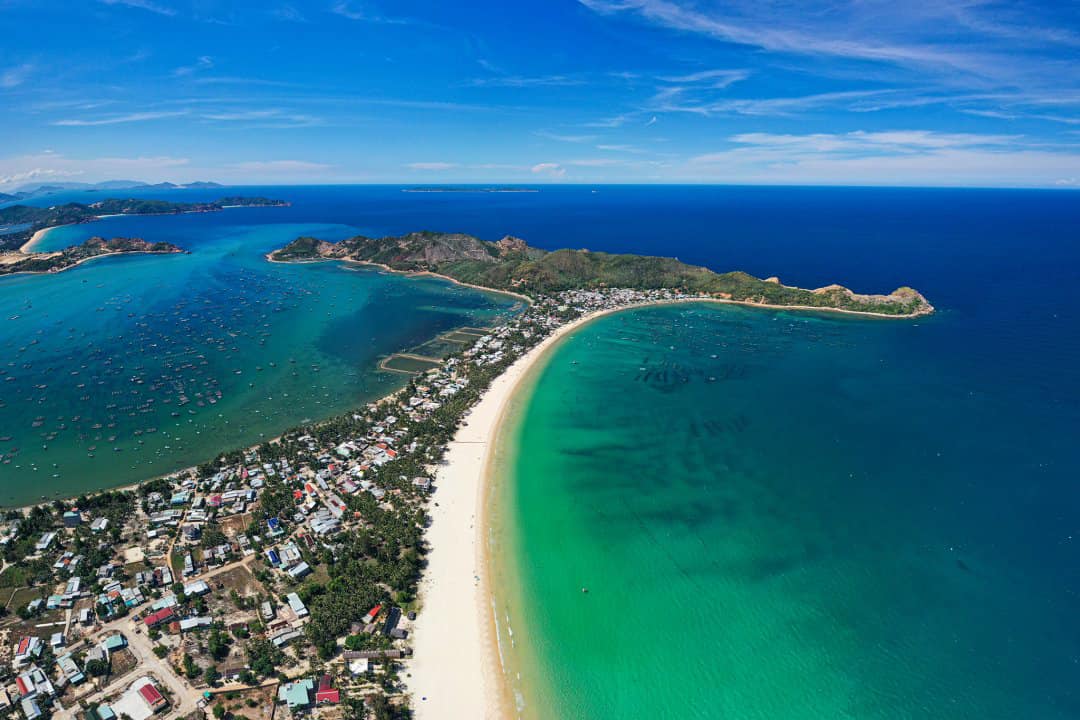As Vietnam is establishing a 'new normal' after bringing the COVID-19 outbreak under control, the country has seen travel demand bouncing back as locals show an interest in domestic destinations and the backpacking style.
According to the Asia-Pacific State of Travel 2020 report of Google, Vietnam’s travel demand has shown a steady recovery as the country overcame the initial scare of a new COVID-19 outbreak beginning in Da Nang in late July.
In particular, beach and nature destinations have received more travelers.
Speaking at a virtual conference on October 22, Google’s analytical head for travel and finance Rohan Dhanuka reported that one in every two people in Asia Pacific is eager or very eager to travel now.
These findings align with the overall travel search interest trend in the region which, in just three months, has bounced back to around 50 percent of its pre-COVID-19 levels.
In Vietnam, besides essential travel to major cities, Google also saw a rising interest from Vietnamese travelers to travel to nature and beach destinations such as Phu Quoc and Da Lat to spend their year-end holidays.
Vietnamese travelers are also shifting away from all-inclusive packages and toward explorative activities.
The travel industry has been deeply impacted by COVID-19, ensuing lockdowns, and closing of international borders.
However, as many countries across the region are beginning to contain the virus, travel intent is picking up and pockets of demand are emerging.
Mountainous destinations such as Mount Fansipan are becoming a top local attraction, while Ba Na Hills, Cu Chi Tunnels, and Ha Long Bay remain top attractions for Vietnamese travelers.
Moreover, the findings also pointed out that safety is the new must-have in the region, but perception of safety differs by country.
In the 'new normal,' travelers rank cleanliness and hygiene among their top three considerations, well ahead of travel brand reputation or loyalty programs.
The research showed what is perceived as 'safe' tends to vary between countries, which impacts the travel choices that consumers make in each country.
“When we take a step back, we see three big clusters emerging with the impact of COVID-19," said Dhanuka.
"Cluster No. 1 is what we call the new normal cluster with China, Vietnam, New Zealand, and South Korea, where basically the new normal today is domestic.
“In Vietnam, for example, backpacking is in the uprising as twice.
"So, people are resifting their travel pent-up demand into domestic travel.”
The three clusters that Dhanuka mentioned are three different phases of recovery: new normal (government restrictions have eased, signs of sustained travel demand); transition (government restrictions on movement, localized travel demand is starting to increase); and early reopening/lockdown (restricted movements imposed).
“We have entered a new daunting world of the unknown but with it comes a lot of opportunities," said Hermione Joye, sector lead of travel and vertical search for Asia-Pacific at Google in Singapore.
"We just need to be resilient and innovate...
"There is hope, we just need to make sure that we are listening and watching what travelers want and adapting and speaking to them in their new language."
Talking to Tuoi Tre News about Google’s assistance given to the Vietnamese government and local firms in rebuilding tourism via email, Joye pointed to the Vietnam Digital 4.0 Launchpad program as a vivid instance.
Within the framework of the program, Google cooperated with the Ho Chi Minh City Department of Tourism in organizing 'Creative Tourism with Digital Skills,' a technical and digital marketing training course for state management officials, businesses, and agencies in the tourism sector, in July.
The program was aimed at creating a business presence in a digital environment, expanding opportunities to access and attract customers from the Internet, and promoting domestic tourism in a new normal period after the gap caused by the COVID-19 pandemic.
Like us on Facebook or follow us on Twitter to get the latest news about Vietnam!


















































